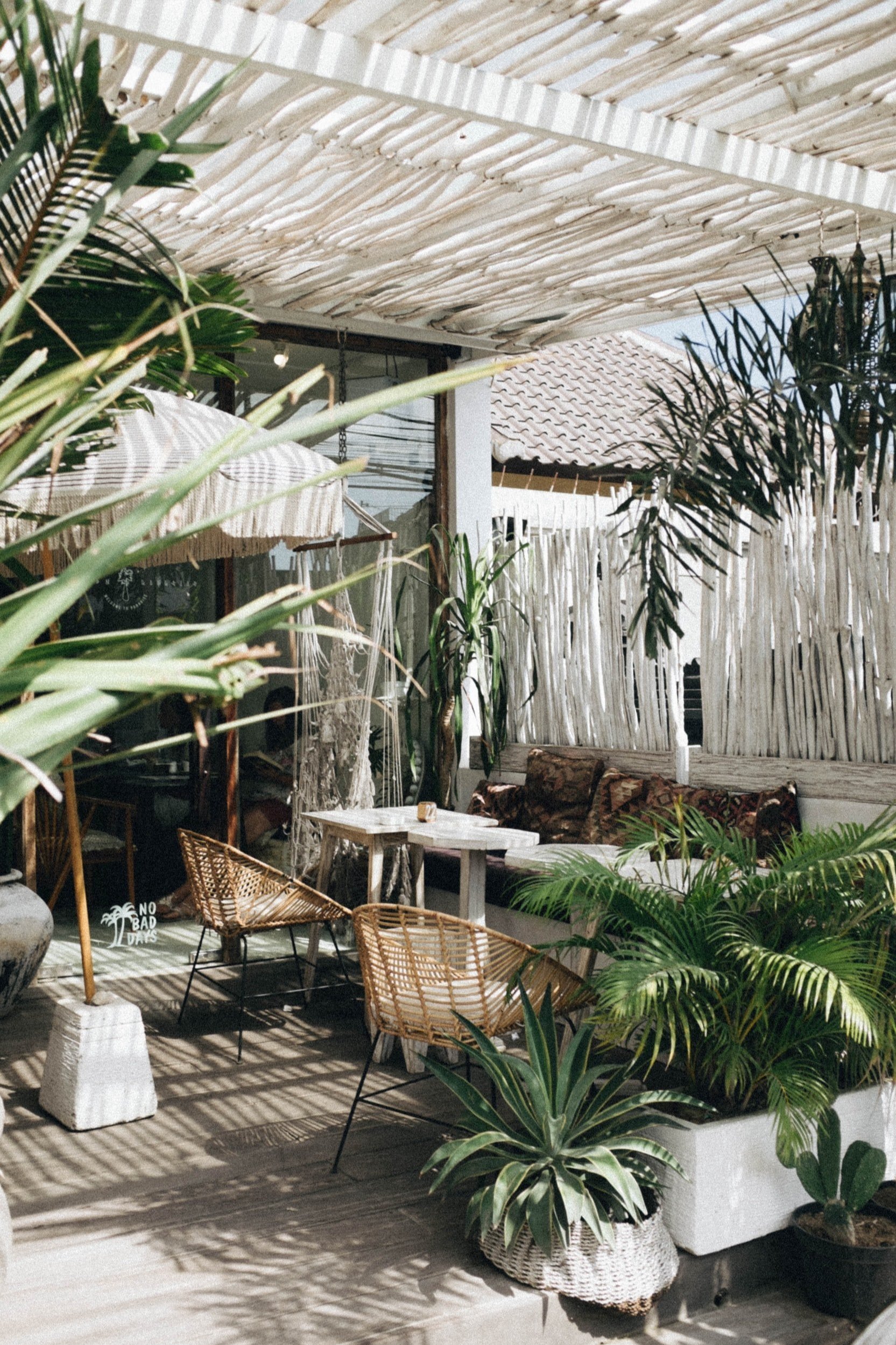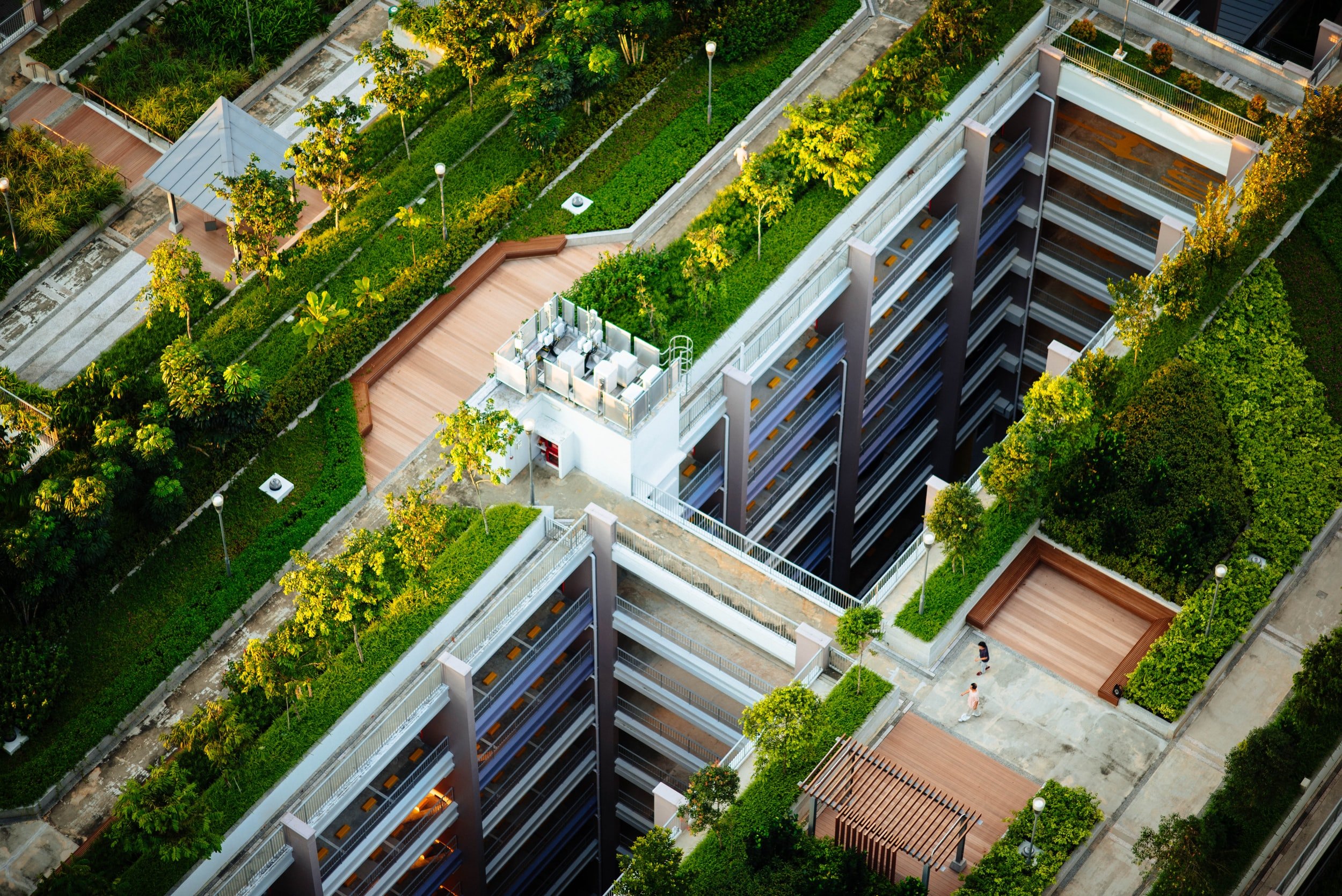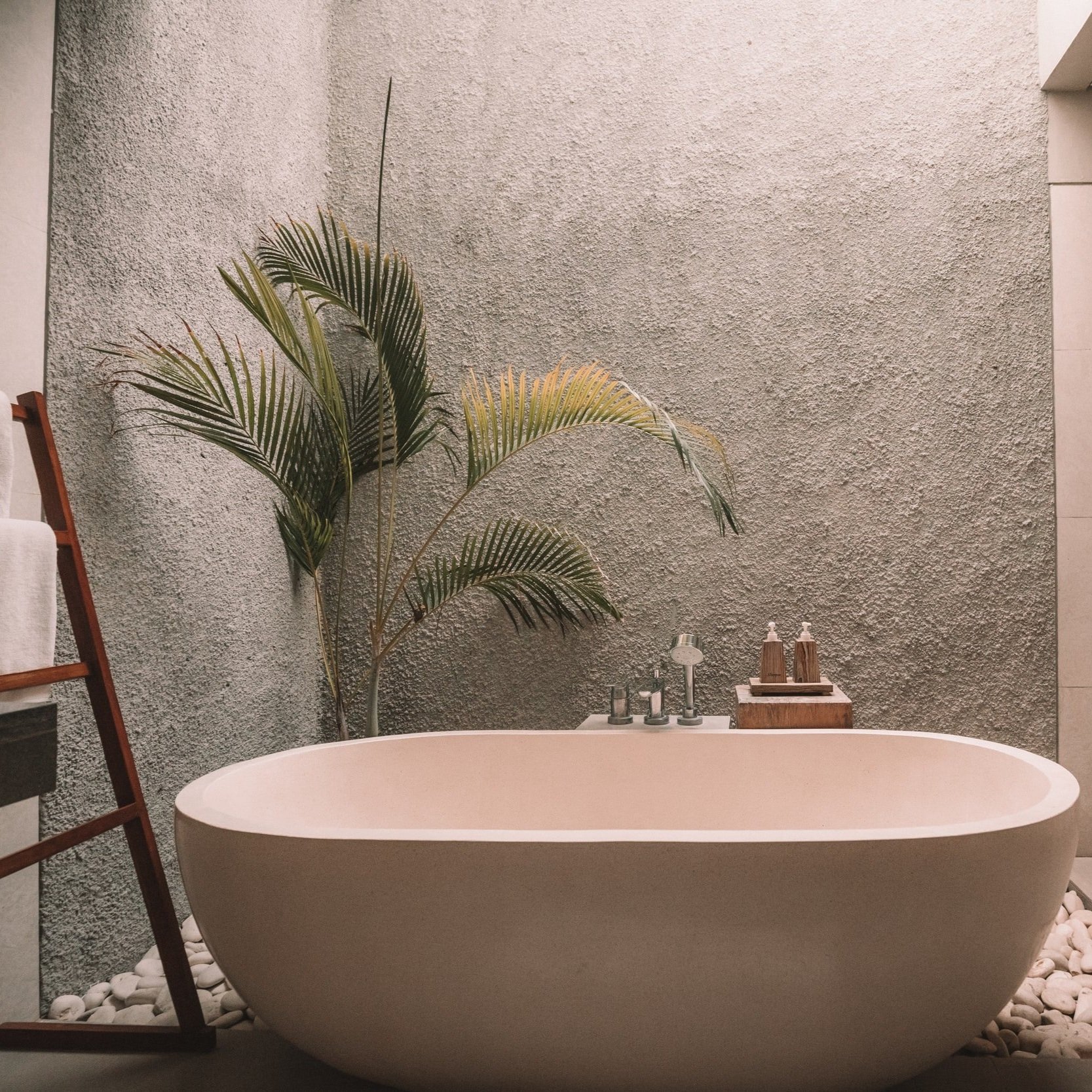The Rundown On Green Design
W&S Editorial Staff
SHARE ON:
It is estimated that waste accounts for most material flows happening globally. In the context of climate change, this means there must be a fundamental shift in how we make, produce, and get rid of waste.
Green design is a step in the right direction. It is estimated that 90% of waste is actually locked in the design phase. Luckily, there is a range of techniques and tools in place, and more are being invented every day, made to help combat this issue. Read to understand what green design is, where you can find it, and what it means for a more sustainable future.
What Is Green Design?
Green design (sometimes referred to as sustainable design, ecodesign, or green engineering) is the process of consciously designing something in the built environment with an awareness of its entire life cycle and impact on the natural environment.
Green design is both a philosophy and something you do. As a concept, it adds to the orthodox “reduce, reuse and recycle” ethos with what could be considered a fourth “r”: remodel. Green design is therefore focused on solutions, viewing problems like pollution and waste as solvable when forms of extraction and creation are shifted to circular and system-based models.
Fundamental Principles Of Green Design
According to the ACS, this remodeling process synonymous with creating a green design should be understood to have 12 fundamental principles:
Designers need to strive to ensure that all material and energy inputs and outputs are as inherently nonhazardous as possible.
Preventing waste is better than treating or cleaning it up after it is formed.
Separation and purification operations should be a component of the design framework.
System components should be designed to maximize mass, energy, and temporal efficiency.
System components should be “output-pulled” rather than “input-pushed” through the use of energy and materials.
Embedded entropy and complexity must be viewed as an investment when making design choices on recycle, reuse, or beneficial disposition.
Targeted durability, not immortality, should be a design goal.
Design for unnecessary capacity or capability should be considered a design flaw. This includes engineering “one-size-fits-all” solutions.
Multicomponent products must minimize material diversity and strive for using materials that promote disassembly and value retention.
Design of processes and systems must include integration of interconnectivity with available energy and materials flows.
Performance metrics include designing for performance in commercial “afterlife”.
Material and energy inputs should be renewable and from readily available sources throughout all life-cycle stages.
As you can see, remodeling in the essence of green design is all about enlightening ourselves on how what we make fits, or fails to fit, into the systems it will exist now and in the future.
Doing so helps us transform the norms of fast-moving, unthoughtful products and services into ones that favor an ethos of sustainability, offering higher value than what was lost when making something.
But what about when you are not remodeling something but making something entirely new? There’s also a toolkit for that, thanks to the work of Leyla Acaroglu and her creative agency Disrupt Design.
What Does Green Design Look Like?
no. 1
Green Architecture
When first thinking about green design, at least for me, architecture, home and decor are the first to come to mind. This is probably because my first exposure to green design architecture was when the tiny house movement became mainstream.
The standard home size in the US for a four-person family is around 2400 ft on average. Smaller homes are exponentially more efficient than these home sizes by saving financially and environmentally through lower needs for energy and materials to make the home function.
Another green architecture technique that I came across while researching tiny homes is designing your home so that its orientation is best suited for heat and cold. People in cold climates tend to design their homes with windows facing south to catch more sunlight, whereas people in warmer climates might opt to plant trees in the south to block the sunlight. Both allow for reduced dependence on energy for heating and cooling.
no. 2
Green Technology
Alongside green technology is green architecture. More commonly known forms of green technology, especially those living in cities, are things such as solar panels and rechargeable cars like Teslas. But have you heard of technologies like cooling pavement?
The cooling pavement was created to offset the impacts of the “urban heat island effect”, which causes urban environments to be around 39° f hotter than those nearby.
Unlike traditional pavements, cool pavement is mixed with additives that reflect solar radiation and, in turn, help lower urban air temperature. Cool pavements are not only made with eco-friendly materials but also allow for cities to be less dependent on the energy needed for cooling, improve air and water quality, and help reduce risks to human health and safety.
no. 3
Home & Decor
Using local materials is another green design tool. You get to support local community businesses, but there is also less waste created from the lack of shipping and importing of materials that is common to home design. This one is difficult to achieve, but one should also consider the materials around them before making design decisions in their home.
The next best thing would be to use recycled or upcycled materials and goods to fill and design your home. Anything from reclaimed wood and recycled glass countertops to vintage furniture and flea-market finds all help reduce your home’s impact on the environment.
Shopping second-hand is excellent, but realistically you might not be able to find something that fits what you’re looking for. Sustainable ceramics, homeware, bedding, and furniture are increasingly accessible and offer a range of styles that suit your personal home aesthetic.
no. 4
Fashion & Makeup
The fashion and beauty industries are notorious for contributing to waste, pollution, and global climate change. If green design is needed anywhere, it’s in these industries.
Second-hand shopping is now super mainstream, with brands like Depop, The RealReal, and ThredUp all becoming household names for those seeking more eco-friendly options for clothes and accessories. While not typically considered green design, these services are great examples of remodeling fashion and beauty services to be less wasteful.
One step further, green design is making moves in the textiles industry. Kvadrat’s “REWOOL” fabric and everything created by Sandra Sandor demonstrates this shift. The former is made from 100% recycled wool, and the ladder designer makes all her clothes only using recycled leather, wool, and animal hair.
Reusable makeup products which come in glass or tin containers that can often be refilled instead of always needing to get brand new packaging is also a form of green design. Brands such as Kjaer Weis and ZAO Organics all offer this an option and are worth checking out for those trying to make conscious changes.
The rise in making and using shampoo and conditioner bars is another relevant example from the beauty industry. Petroleum is a vital part of liquid soaps and conditioners, both in its ingredients and packaging.
Switching to shampoo and conditioner bars reduces our dependence on plastic and might help the quality of our hair! Shampoo and conditioner bars, while there may be an adjustment period, tend to support the overall health of our hair as they are less likely to strip the hair of its natural oils and usually provide extra moisturizing ingredients!
Be sure to check out our “Shop W&S Approved” page to discover brands offering the best products featuring elements of green design.








